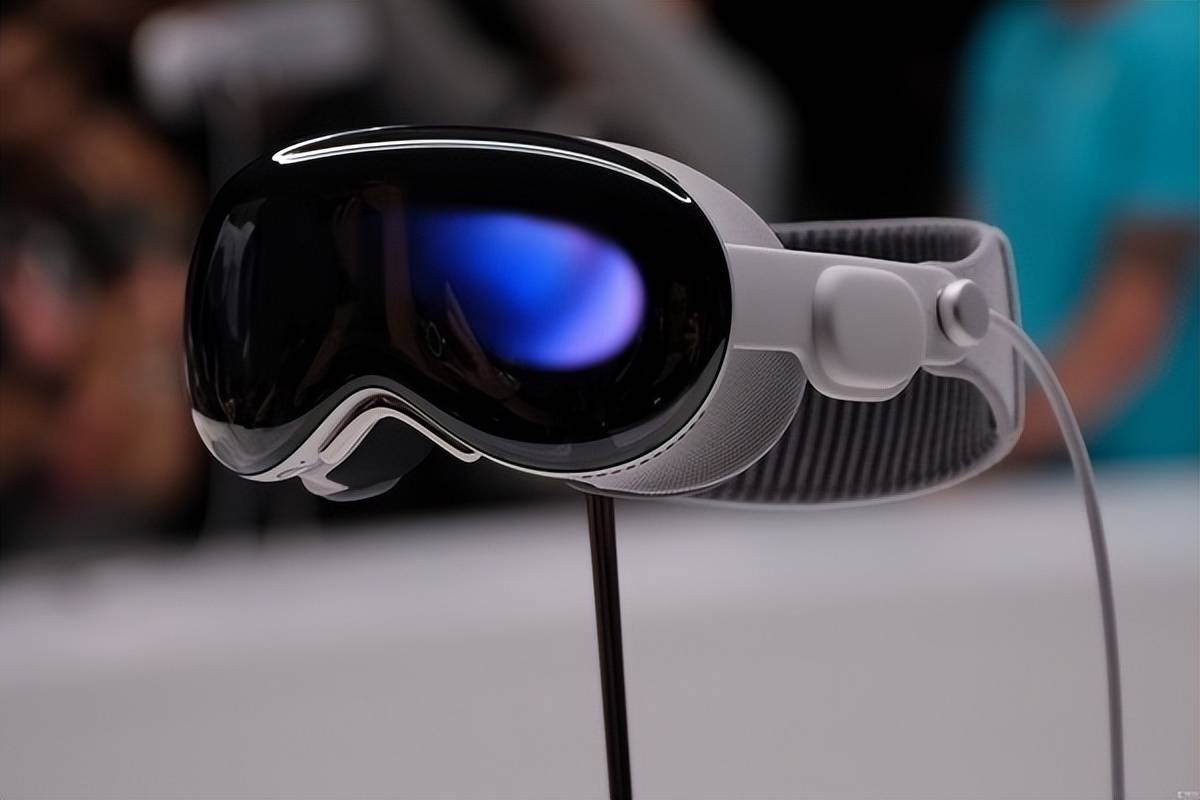
Recently, Apple officially released its first mixed reality headset Vision Pro at WWDC23. This is a device that integrates augmented reality and virtual reality, with an 8K total resolution Micro-OLED screen and an M2 chip. With high-end configurations such as R1 chip and 3D camera, the price is as high as US$3,499 (approximately RMB 24,843). This headset has undoubtedly become the focus of the industry, but it has also attracted dissatisfaction from many competitors.

The most direct one is Meta CEO Zuckerberg. In an interview with the media, he criticized Apple’s Vision Pro headset, believing that its social capabilities are too weak to build a metaverse. He said: "For the metaverse and existence, our vision is fundamentally about society and social interaction, about the interaction between people, and we want to give people a more intimate feeling in new and magical ways. Looking at Apple, Watching its demonstrations, almost everyone is sitting alone on the sofa."
Zuckerberg’s point of view is not unreasonable. Although Apple’s Vision Pro headset has powerful hardware performance and interactive experience, it does lack in social aspects. The Apple Vision Pro headset is not equipped with a handle, but is controlled through eyeballs, gestures and voice. Although this can get rid of the shackles of the handle, it also limits the user's operating range and possibilities in the virtual space. For example, in a game scene, it will be difficult for users to control movement, and they may not be able to use weapons, props and other items, and may not be able to interact with other players in more diverse ways.

In addition, the Apple Vision Pro headset does not provide functions such as multi-person connection or shared space. Users can only make video calls through FaceTime and use the Persona function to customize their virtual image. But these functions do not allow users to truly feel the charm and potential of the Metaverse. In contrast, other headsets such as Meta Quest Pro provide more social applications and platforms, allowing users to chat, play, collaborate, create and other activities with other people in the virtual world.
The Apple Vision Pro headset seems to be more suitable for personal use for entertainment rather than for social use. Apple may not want to position it as the entrance to the metaverse, but as a novel computing platform that allows users to enjoy audio-visual, work, study and other experiences in spatial computing. Doing so will limit the use scenarios and value of Apple’s Vision Pro head-mounted display.
It must be mentioned that Apple CEO Cook has stated in public many times that he does not like the concept of "Metaverse". Some media have also reported that "Metaverse" is a taboo word within Apple and is not allowed. Employee mentions. Judging from the release of Apple Vision Pro at WWDC, Apple defines it as a "spatial computing" device. As a third-generation computing platform after personal computing and mobile computing, it is essentially different from Meta's definition of AR/VR.
The release of Apple’s Vision Pro headset is also a warning for Meta. Although Meta has advantages in social aspects, it has obvious shortcomings in the technical field. The resolution, latency, weight, etc. of headsets such as Meta Quest Pro cannot be compared with Apple's Vision Pro headset. In terms of chips, they can only rely on Qualcomm. When Qualcomm's XR series chips have not been updated for many years, the Meta headset It is obviously unable to compete with Apple's powerful M2 series chips in terms of performance, seriously affecting the overall performance of its devices. If Meta wants to maintain its leading position in the construction of the Metaverse, it needs to increase R&D and innovation in technology, otherwise it may be replaced by manufacturers with more technical strength such as Apple.
The above is the detailed content of Zuckerberg complains about Apple Vision Pro: Social media is too far behind Meta to build a metaverse. For more information, please follow other related articles on the PHP Chinese website!
 How to start mysql service
How to start mysql service
 How to skip network connection during win11 installation
How to skip network connection during win11 installation
 How to solve the problem that the phpstudy port is occupied
How to solve the problem that the phpstudy port is occupied
 How to repair win7 system if it is damaged and cannot be booted
How to repair win7 system if it is damaged and cannot be booted
 xenserver
xenserver
 Is Code Red a computer virus?
Is Code Red a computer virus?
 stackoverflowatline1
stackoverflowatline1
 How to cancel Douyin account on Douyin
How to cancel Douyin account on Douyin
 What are the differences between Eclipse version numbers?
What are the differences between Eclipse version numbers?




